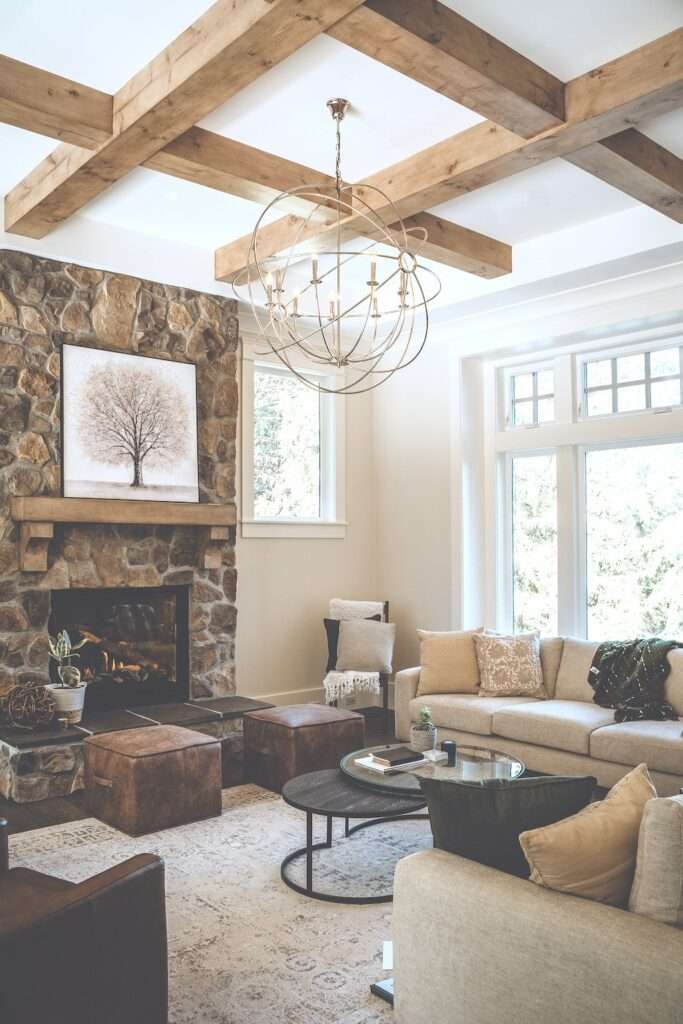Is eco-friendly home insulation effective? These eco-friendly types of home insulation promise to be more than just sustainable — they’re affordable and effective, too.
Homeowners are increasingly looking for sustainable ways to insulate their homes. Eco-friendly insulation not only reduces energy consumption but also minimizes waste and harmful emissions. From natural materials like cork to recycled options like denim and cellulose, there are numerous ways to insulate your home without harming the environment.
Insulation’s carbon footprint
Valued at more than $61 billion last year, the home insulation industry has a big impact. On average, synthetic insulators produce about 6.5 kilograms of emissions per kilogram of product. On the flip side, natural fiber insulations have a positive climate impact, absorbing 0.1 kilograms of CO2 per kilogram of product, according to recent data.
Types of eco-friendly home insulation
Choosing eco-friendly insulation can be a crucial step toward a more sustainable home. Not only will these insulation options reduce your home’s energy consumption and carbon footprint, but they can also improve indoor comfort and potentially increase your home’s value. So next time you’re considering a home insulation upgrade, why not go green?

Aerogel
Aerogel is an extremely light substance with outstanding insulating qualities. Although it’s made from silica, aerogel consists mostly of air, making it one of the lightest solid materials available. Its unique structure minimizes heat transfer, making it an extremely effective insulator.
While aerogel insulation can be more expensive than traditional insulation materials, its superior performance and longevity make it a cost-effective choice in the long run. Plus, because it’s made from abundant resources like sand, aerogel has a lower environmental impact than many other insulating materials.
Denim
Cotton waste from post-industrial denim production is frequently used to make recycled denim insulation. Cotton fibers have excellent thermal and acoustic insulating properties, making denim insulation a great choice for walls, attics, and basements.
In addition to being environmentally friendly, denim insulation is also safe to handle and install. It doesn’t contain fiberglass or other irritants, reducing the risk of respiratory problems and skin irritation. Plus, it’s naturally fire-resistant and doesn’t require chemical flame retardants.
Cork
Cork is a natural, renewable material that offers excellent insulation properties. Harvested from the bark of the cork oak tree, it’s one of the few truly sustainable insulation materials, as the tree continues to grow and absorb CO2 even after the bark is removed.
Cork insulation panels are lightweight, easy to install, and resistant to mold and pests. They provide excellent thermal and acoustic insulation and are suitable for walls, roofs, and floors. Plus, at the end of their life, they can be recycled or composted, further reducing their environmental impact.
Polystyrene
A kind of plastic called polystyrene can be recycled and used to make insulation. It’s lightweight, water-resistant, and offers excellent thermal insulation. Polystyrene insulation comes in two forms: expanded (EPS) and extruded (XPS).

Although polystyrene is a synthetic material, its durability and recyclability make it a more sustainable choice than other types of plastic insulation. Its resistance to mold and pests makes it a practical choice for many homes.
Spray Foam
Because of its superior insulating capabilities and simplicity of installation, spray foam insulation is growing in popularity. It’s a unique product that conforms to the surface where it’s applied, providing superior insulation compared to traditional materials.
Spray foam comes in two varieties: open-cell and closed-cell. The R-value of open-cell spray foam is roughly R-3.7 per inch, whereas the R-value of closed-cell spray foam can reach R-6.5 per inch. This means that closed-cell foam is more expensive and offers greater insulation per inch of thickness.
Spray foam insulation can be a great choice for sealing gaps in several rooms or even an entire house. It’s commonly used in areas like attics, basements, and garages where drafts and energy loss can be a significant issue.
Cellulose
One of the greenest insulation alternatives available is cellulose insulation, which is created from recycled paper materials like newspapers and cardboard. It’s treated with borate to provide fire and pest resistance, and because it’s made from recycled materials, it has a low embodied energy.
Cellulose insulation can be installed using a wet or dry process, allowing it to fill gaps and cavities effectively. This results in a high-performance insulation layer that can significantly reduce heat loss and improve your home’s energy efficiency.
Related on Ethos:


